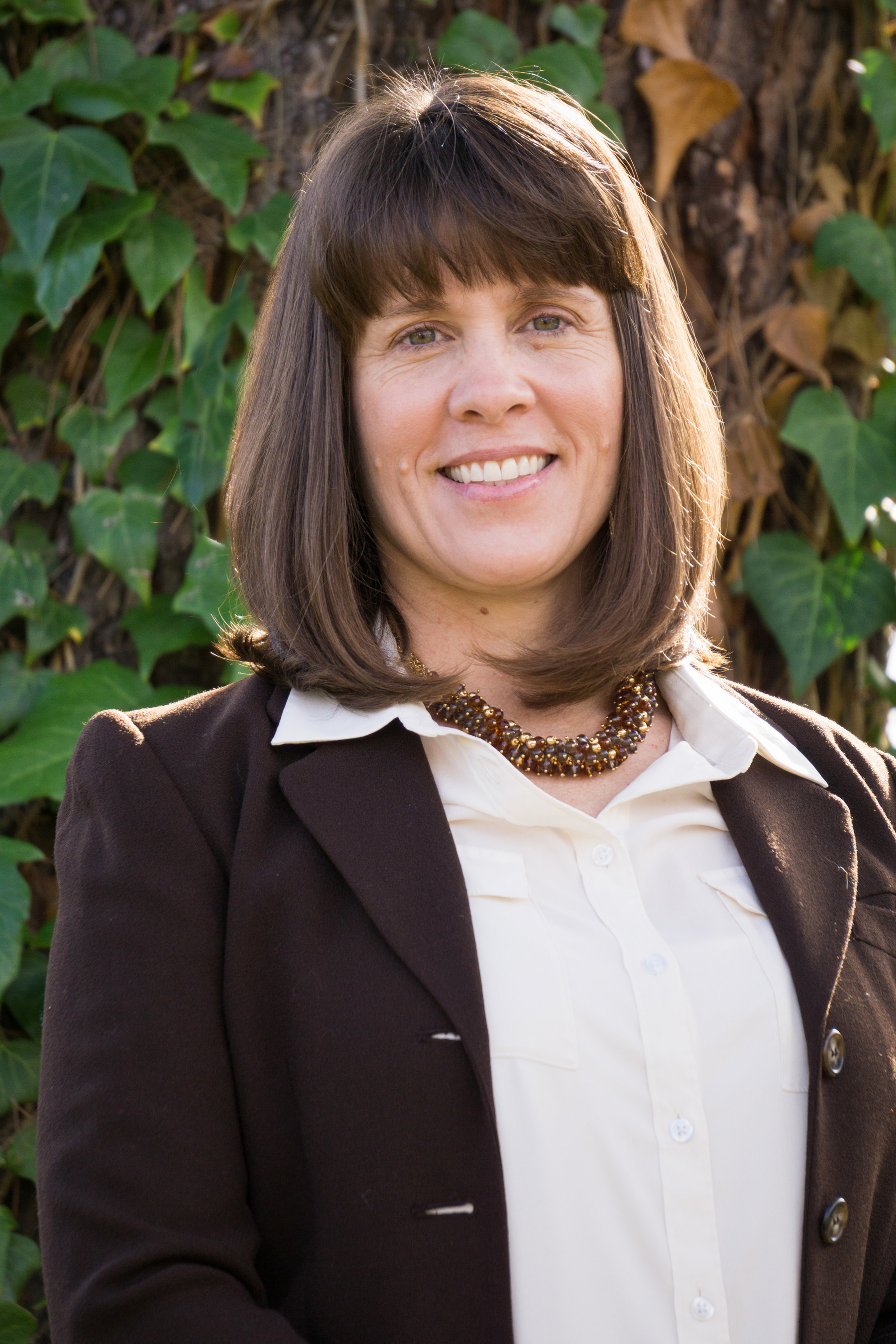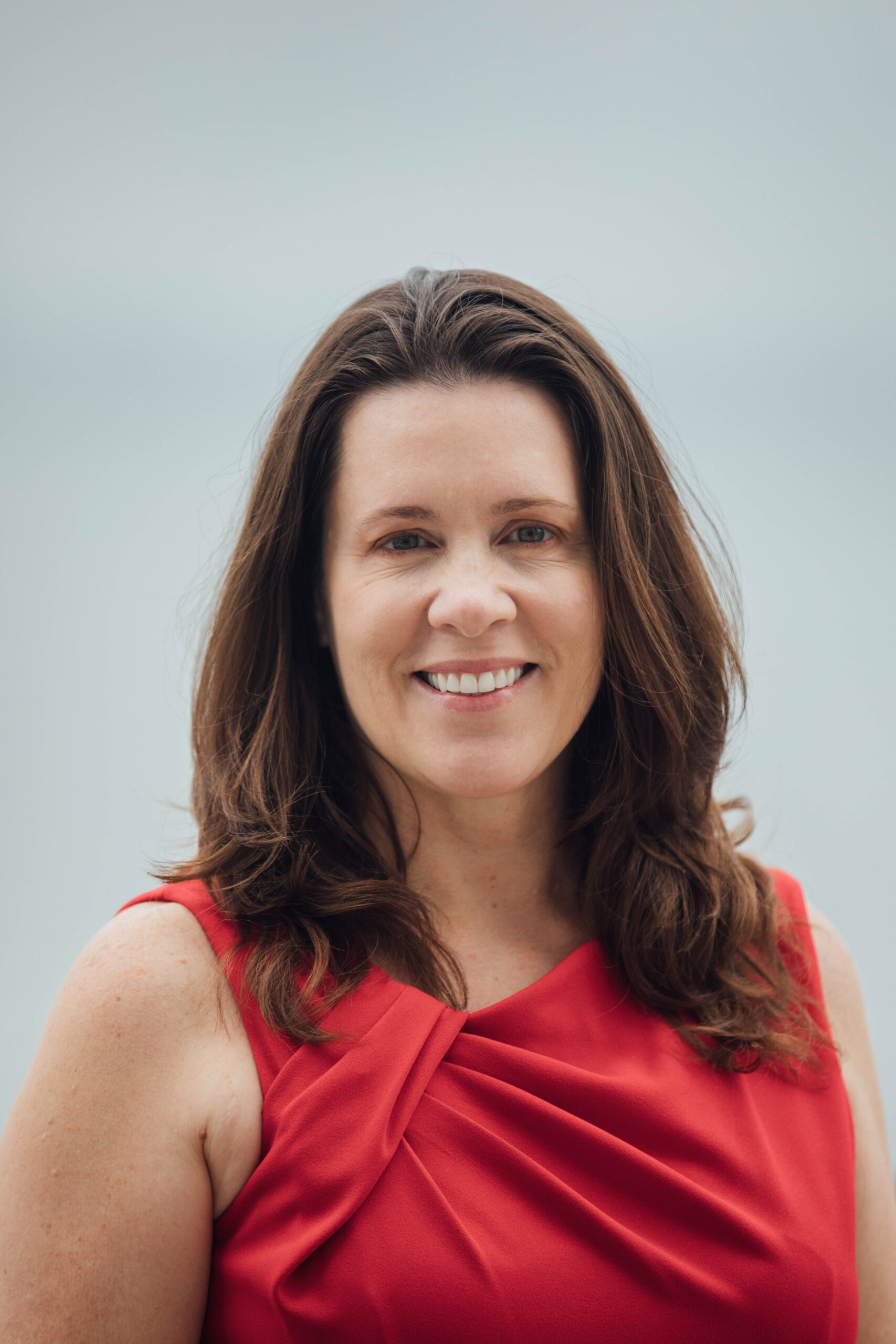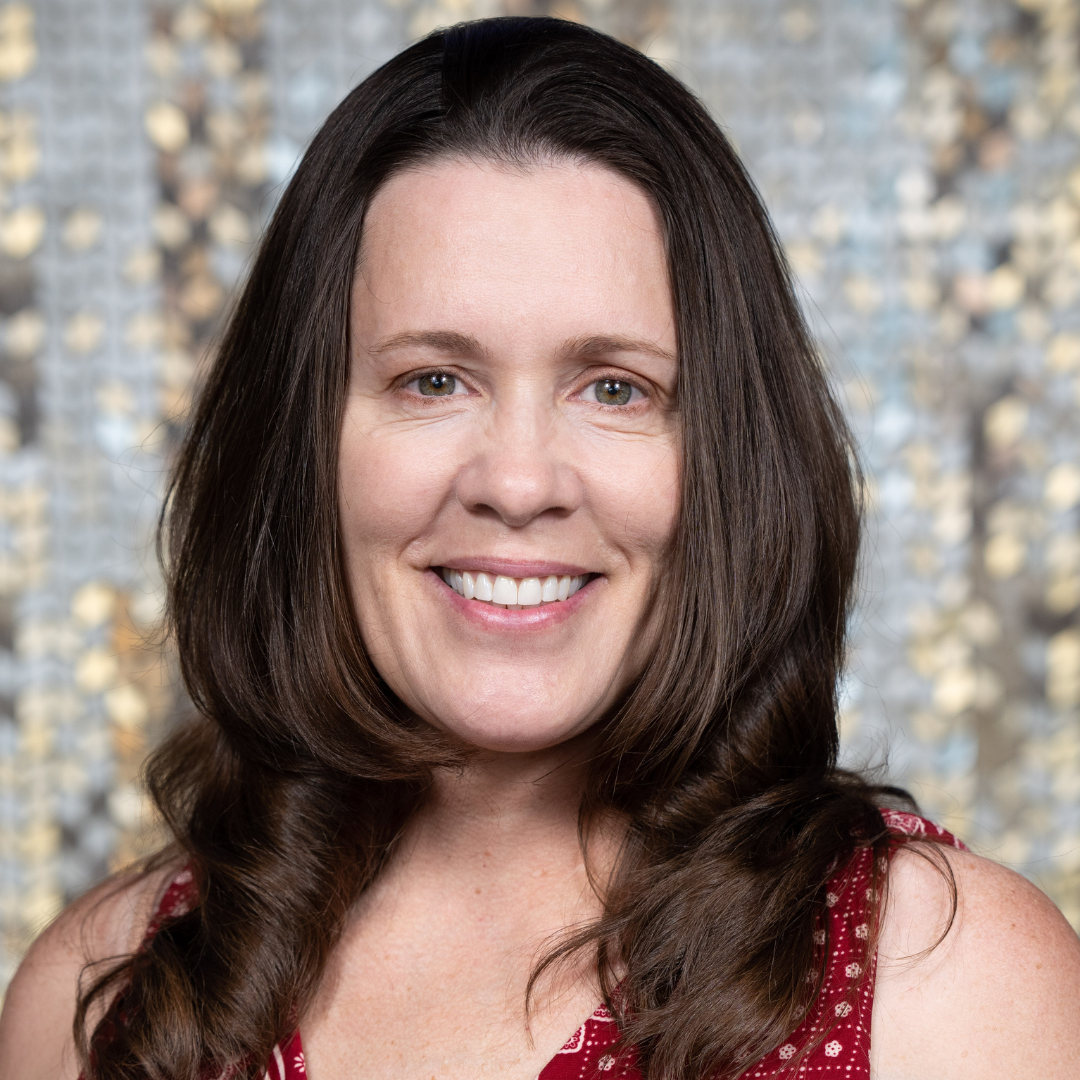Unraveling The Interest In Tracy Dixon Salazar Daughter: A Look At Connections In Tracy, California
It's quite natural, you know, for curiosity to spark when a name, perhaps "Tracy Dixon Salazar daughter," comes up. People often wonder about the lives of individuals, their stories, and how they connect to the world around us. There's a real human desire to understand who someone is, what they do, and maybe even what makes them tick. This kind of inquiry is very common, really, especially when a name might seem to resonate in unexpected ways.
When folks search for someone like "Tracy Dixon Salazar daughter," they're often hoping to uncover personal details, a biography, or perhaps some public achievements. It’s almost like wanting to piece together a puzzle about a person's life. However, sometimes the information we're looking for isn't readily available in the public eye, leading us to consider broader contexts or other connections that might be at play.
This particular search, while focused on a person, also brings to mind a significant place: Tracy, California. It’s a city that, quite surprisingly, is home to some truly pioneering work that’s making a big difference for our planet. So, while the initial interest might be personal, the name "Tracy" itself might just lead us to a fascinating story of innovation and dedication in a very important location.
Table of Contents
- The Search for Tracy Dixon Salazar Daughter
- Understanding the Public Profile: Tracy Dixon Salazar Daughter
- Tracy, California: A Hub of Innovation
- Understanding the Broader Context
- Frequently Asked Questions
The Search for Tracy Dixon Salazar Daughter
When people look up names like "Tracy Dixon Salazar daughter," they're often hoping to learn more about a person's life, their achievements, or perhaps their family connections. It's a very natural curiosity, you know, to connect with stories that resonate. As of now, public information specifically detailing the life and background of a person identified as "Tracy Dixon Salazar daughter" isn't widely available in the general public domain, or at least not in the context provided here. So, while the interest is clearly there, the specific details remain a bit elusive, apparently.
This situation often leads us to consider broader connections, particularly when a name, like "Tracy," also happens to be a significant place. It's almost as if the name itself sparks a wider inquiry. In this instance, the city of Tracy in California has indeed become a really important location for some truly remarkable work, which might be what some folks are thinking about, in a way, when this name comes up.
Understanding the Public Profile: Tracy Dixon Salazar Daughter
While the interest in individuals like "Tracy Dixon Salazar daughter" is quite understandable, specific biographical details are not publicly available in the context provided. When information about a person is sought, it's natural to look for key facts. However, for this particular individual, public records or readily accessible biographical data are not present. So, any details would be speculative, and we can't do that, you know.
Personal Details and Bio Data
| Full Name | Information Not Publicly Available |
| Date of Birth | Information Not Publicly Available |
| Place of Birth | Information Not Publicly Available |
| Known Occupation | Information Not Publicly Available |
| Family Connections | Information Not Publicly Available |
| Public Achievements | Information Not Publicly Available |
Tracy, California: A Hub of Innovation
It's fascinating, really, how certain places become centers for new ideas and groundbreaking efforts. Tracy, California, is quite literally one such spot that's making waves, especially in the fight against climate change. This city, perhaps unknowingly to many, is home to some truly pioneering work that's aiming to restore balance to our atmosphere. You know, it's pretty incredible to think about.
The activity here in Tracy is centered around a company called Heirloom, which is, in fact, doing something quite revolutionary. They are dedicated to removing carbon dioxide from the air, a process known as direct air capture, or DAC. This isn't just a concept; their facility in Tracy is actually operational, capturing CO2 right now. It's a real-world solution taking shape, and that's something worth paying attention to, don't you think?
Heirloom's Pioneering Work in Tracy
Heirloom's facility in Tracy, California, represents a significant step forward for direct air capture technology. They're literally capturing carbon dioxide from the atmosphere, and then, get this, they're embedding it permanently into concrete. This is a world first for this kind of technology, which is pretty amazing when you consider it. It's a concrete way, no pun intended, to address atmospheric carbon.
This isn't just a small experiment; Heirloom is operating the first DAC facility in the United States to permanently remove CO2 from the atmosphere. They're fulfilling carbon removal purchases for customers right there in Tracy, California. It's a tangible effort, you know, making a real difference. They've actually logged one year of operations at this facility, generating valuable learnings and improvements. These insights will be really crucial as they build larger projects, even in places like Louisiana, which is quite a big step.
The team behind Heirloom is made up of engineers, scientists, and just concerned humans, really, from places like Tesla, Apple, Plenty, and Google, and universities such as Penn and Berkeley. They're dedicating their lives to this fight, which is, honestly, very inspiring. Late last year, Heirloom began operating North America's first commercial DAC facility in Tracy, California, shortly after signing one of the largest CO2 removal deals to date with Microsoft. So, it's a pretty big deal, apparently.
The commitment to innovation at Heirloom goes beyond just capturing carbon. It involves a deep understanding of material science and engineering, ensuring that the CO2 is not just captured but also stored in a way that truly lasts. This permanent embedding in concrete is a game-changer, basically, because it offers a stable and scalable method for carbon sequestration. It’s a very clever approach, when you think about it, making use of materials that are already widely used in construction.
Operating a facility like this for a full year, as Heirloom has done in Tracy, provides an immense amount of practical knowledge. Every day brings new data, new insights into how to make the process more efficient, more cost-effective, and ultimately, more impactful. These learnings are not just for their current site; they are the foundation for scaling up this technology globally. So, it’s not just about what they’re doing now, but what they’re enabling for the future, you know.
The collaboration with a major company like Microsoft also highlights the growing recognition of direct air capture as a serious climate solution. When big players invest in this kind of technology, it sends a powerful message about its potential and necessity. It also provides the resources needed to push the boundaries of what's possible, allowing Heirloom to pursue their ambitious goal of removing one billion tons of CO2. It’s a massive undertaking, but they’re clearly making progress, apparently.
Moreover, the diverse backgrounds of the Heirloom team, drawing talent from leading tech companies and academic institutions, speak volumes about the interdisciplinary nature of this challenge. It takes a blend of different skills—engineering, science, and a shared human concern—to tackle something as complex as atmospheric carbon removal. This collective dedication is, in some respects, what makes their work in Tracy so promising.
The Impact of Carbon Removal
The work happening in Tracy, California, is about more than just technology; it's about our planet's future. Removing carbon dioxide directly from the atmosphere is a vital part of restoring balance. It's a critical step, honestly, in addressing climate change. This kind of innovation offers a tangible path forward, a way to actually clean up our air. You know, it's a very hopeful sign.
When CO2 is permanently embedded in concrete, it means it's not going back into the atmosphere. This process helps to reduce the overall concentration of greenhouse gases, which is, basically, what we need. It's a long-term solution, offering a stable way to store carbon. This commitment to removing one billion tons of carbon dioxide is a massive goal, and the work in Tracy is a crucial part of getting there. It's a big vision, and they're making it happen, apparently.
The implications of successful direct air capture are far-reaching. It means we could potentially reverse some of the atmospheric damage already done, not just slow down future emissions. This capability gives us a powerful tool in the climate toolkit, complementing efforts to reduce new emissions. It's about actively pulling carbon out, which is a very different approach from just cutting back, you know.
Consider the broader environmental benefits. A healthier atmosphere means better air quality, more stable weather patterns, and a more resilient planet for everyone. The long-term storage of CO2 in concrete also offers an interesting synergy with the construction industry, potentially turning a waste product into a valuable material. It's a win-win situation, in a way, creating both environmental and economic value.
The progress made by Heirloom in Tracy serves as a powerful testament to human ingenuity when faced with pressing global challenges. It shows that with dedication, scientific rigor, and collaborative spirit, seemingly insurmountable problems can be approached with real, actionable solutions. It’s truly inspiring to see such focused effort making a tangible difference, right there in California. Learn more about direct air capture technologies here.
The continued development of DAC technology, spearheaded by facilities like the one in Tracy, is absolutely essential for meeting global climate

Cision - MediaStudio View Media

Tracy Dixon-Salazar, PhD - LGS Foundation

Tracy Dixon-Salazar, PhD - LGS Foundation